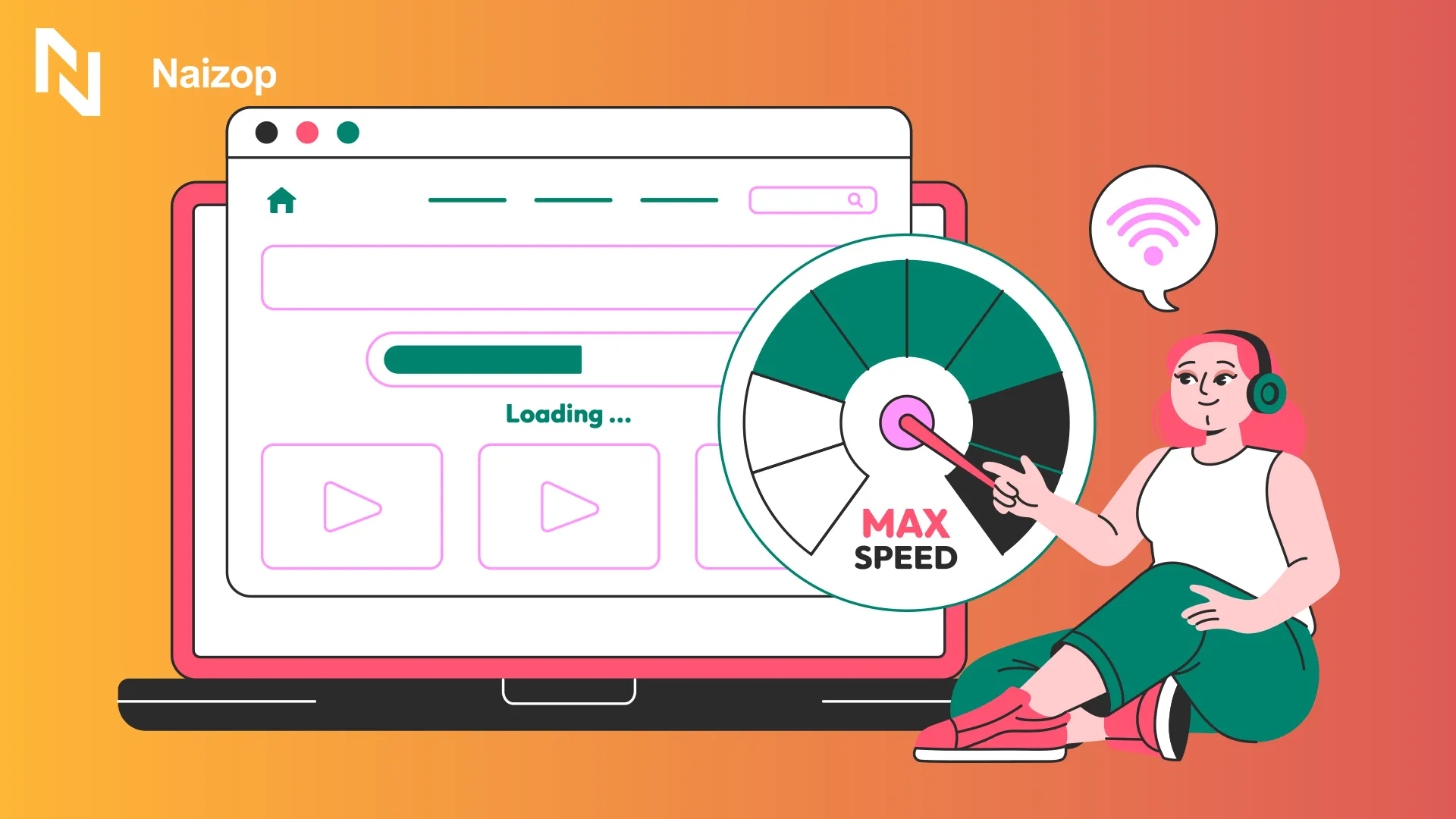🎄 Christmas Mega Bonus | Up to 60% Deposit Bonuses Live Now 🎁
🎄 Christmas Mega Bonus 🎁
🎄 Christmas Mega Bonus | Up to 60% Deposit Bonuses Live Now 🎁
🎄 Christmas Mega Bonus 🎁
All Services
Instagram
TikTok
YouTube
Twitter
Facebook
Threads
Snapchat
Telegram
Discord
Reddit
Quora
Spotify
SoundCloud
Twitch
![]() Kick
Kick
![]() Rumble
Rumble
Podcast
LinkedIn
OnlyFans
Pinterest
Reviews
SMM Panel Pages
Growth Services
Bot Services
Report Bot Services
Others
All Services
Instagram
TikTok
YouTube
Twitter
Facebook
Threads
Snapchat
Telegram
Discord
Reddit
Quora
Spotify
SoundCloud
Twitch
![]() Kick
Kick
![]() Rumble
Rumble
Podcast
LinkedIn
OnlyFans
Pinterest
Reviews
SMM Panel Pages
Growth Services
Bot Services
Report Bot Services
Others


Noah Blake
Last Update: April 19, 2025Ever wonder how many people actually visit your site? Knowing that can help you grow, fix what’s not working, and find out what your visitors love most.
In this blog, we’ll break down how to measure website traffic in the simplest way possible.
Tools like Google Analytics or a website traffic checker can help you spot trends, while platforms like Naizop even help boost your numbers if you're just getting started.
Whether it’s a blog, store, or free website, tracking your traffic data is the first step to getting better results - and making sure visitors don’t just leave your site.

If you want to grow your site, you need to know who’s visiting, where they’re coming from, and what they’re doing.
Here's a simple step-by-step guide on how to measure website traffic like a pro - even if you’re just getting started.
Start by setting up Google Analytics on your website.
It’s free and gives you detailed traffic analytics - like where your visitors come from, how long they stay, and which pages they leave your website from.
This is a must-have SEO tool for any website owner.
Knowing your traffic sources helps you understand how people find your site. You can track referrals, organic traffic, and even direct visits.
Naizop can also help you boost your reach so you can drive the most traffic from different platforms.
Pay attention to each metric - like bounce rate, session time, and page views. These numbers give you insight into how your site performs and what might need fixing.
It’s also key to improving your ranking over time.
Use a website traffic checker to get a traffic estimate of competitor website traffic. This helps you see where you stand and find ways to get ahead.
You’ll also discover keywords that bring traffic to their sites.
Use all that data to check traffic trends and boost your SEO.
You’ll see which pages people love, which ones need work, and how to get more website visitors to visit your website again and again.

If you don’t track your website traffic, you’re basically flying blind. Here’s why keeping an eye on your numbers isn’t just smart - it’s necessary.
When you track traffic data, you can see which pages people love and which ones they ignore.
This helps you improve your landing page, focus on the right keyword, and stop wasting time on content that doesn’t click.
If your site gets traffic but no results, the data will help you spot why.
Tracking helps you understand who your visitors are, how they found you, and what made them leave your website.
Whether it’s through referral links, social media, or organic search, this info is gold. It helps you know where to put your energy - and what channels help with driving traffic.
With tools that let you monitor competitor website traffic, you can learn a lot.
You’ll find what content works for them, what referrals they’re getting, and how you can do it better.
Comparing your traffic to theirs gives you a clear picture - and Naizop can help you take the lead.
Once you start tracking traffic, certain numbers will tell you everything you need to know about your site’s performance.
Here are the most important metrics to keep an eye on:
Boosting traffic doesn’t happen overnight, but with smart steps, it adds up fast.
Start by creating quality content, optimizing for SEO, and using an SEO tool to track performance.
Share your site on social platforms, build strong referrals, and focus on pages that convert.
Want faster results? You can also buy website traffic through trusted platforms like Naizop, which helps bring in real visitors based on your niche.
Whether you're growing a website using WordPress or Shopify, steady effort combined with smart tools makes a huge difference in long-term success.
Knowing how to measure website traffic is the first step toward growing your website.
By tracking visitor behavior, using the right tools, and paying attention to your ranking, you’ll uncover what’s working and what needs to improve.
Don’t just guess - use real data to guide your next move.
Whether you’re running a blog or business, understanding how your traffic flows helps you reach your goals faster.
Platforms like Naizop can support your growth journey by making it easier to reach new people and stay ahead.
Now’s the time to take control and turn traffic into results.

Yes, you can measure website traffic using tools like traffic counters, browser plugins, or more advanced platforms such as Google Analytics.
These tools help you track the number of visitors your website receives using a specific domain, what they do, and where they come from.
For a quick boost in visibility while tracking results, platforms like Naizop can help drive the most traffic to your website effectively.
To get a traffic report, use tools that show the amount of traffic you get, unique users, and page views over a set period.
You’ll get a clear traffic estimate and see how people interact with your site. You can also analyze which pages users engage with the most and how long they stay.
Combining analytics tools with services like Naizop can give both the numbers and the extra visitors you're looking for.
You can use a free tool like Google Analytics to measure traffic. It tracks visits, bounce rates, session lengths, and traffic sources.
You’ll also get a good view of which content performs best and which users return.
For beginners or small businesses looking to grow traffic while keeping costs low, starting with free tools is smart - then scaling with platforms like Naizop is even smarter.
Key Performance Indicators (KPIs) for website traffic include page views, sessions, unique visitors, bounce rate, and referral traffic.
These help measure the overall performance of your site and how effective your marketing efforts are.
One useful metric is tracking keywords that bring users to your site, especially from search engines.
The more accurate your KPIs, the better you can refine your strategy and improve results.

Written By:
Noah Blake
AUTHOR & EDITOR-IN-CHIEF

In this article